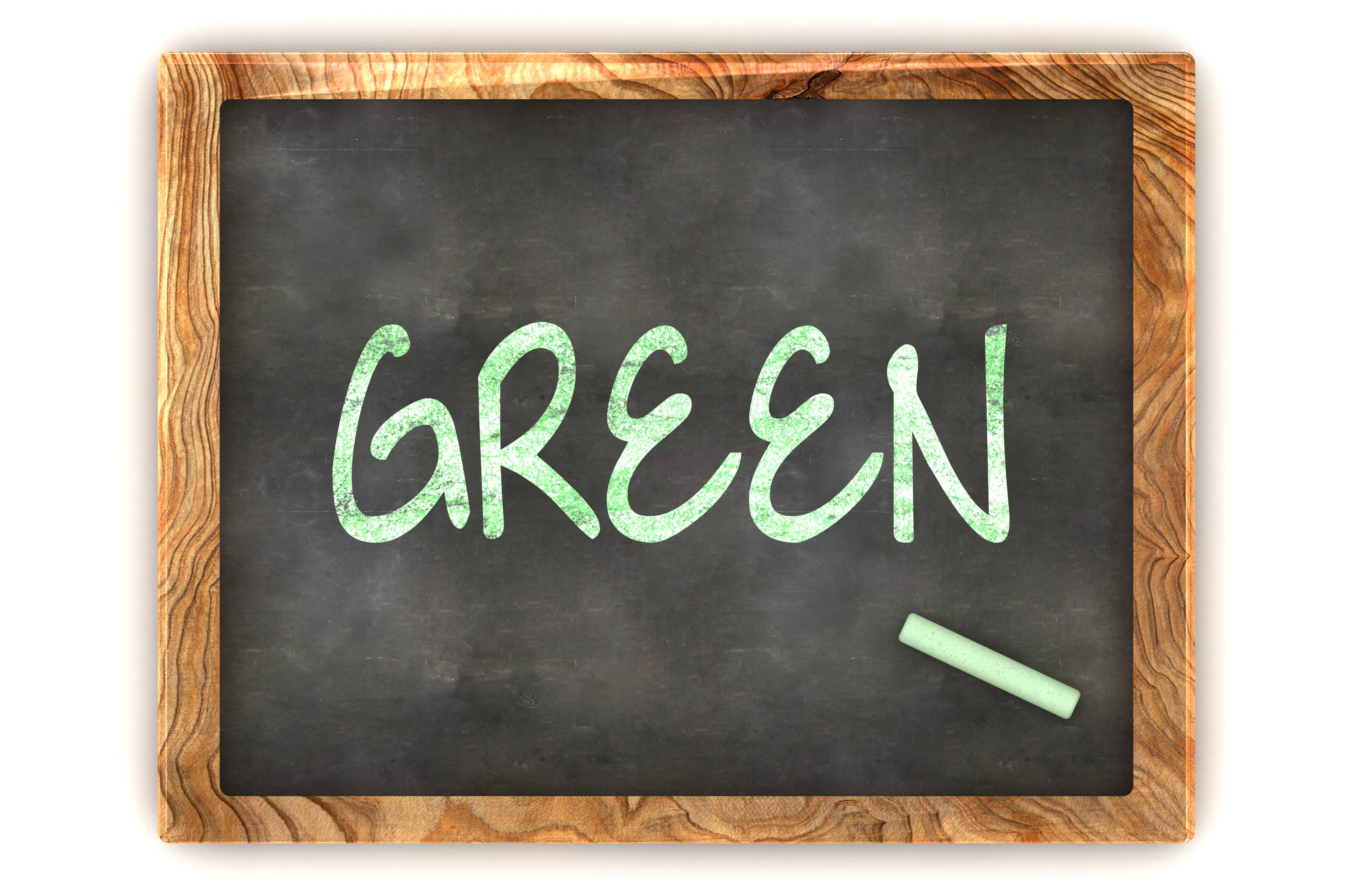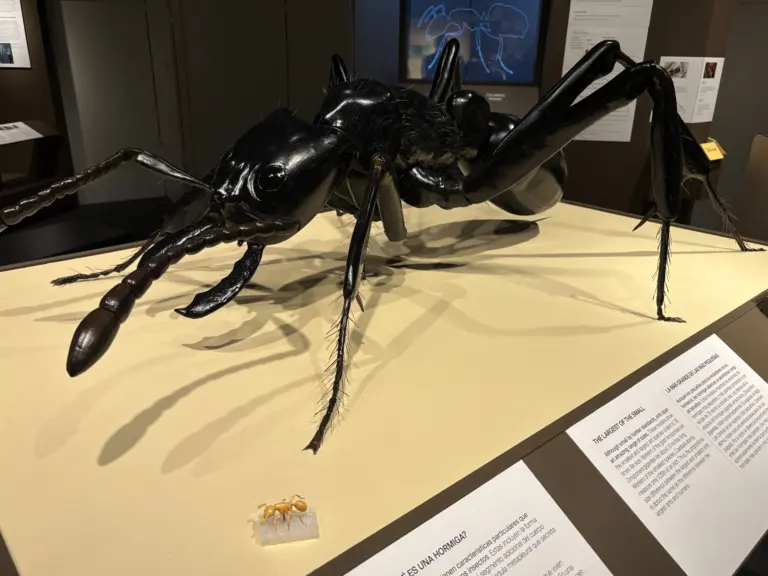
By Meggy Hearn
Wellness & Sustainability Editor
I’m not sure what I anticipated more as a kid, Christmas morning or back to school supply shopping. I can still remember the enchanted feeling of walking into Staples at the end of summer, wide eyed and in awe of the mountains of scholastic provisions, which I equated with unlimited opportunities for the year ahead.
I also remember my mother’s vehement opposition to the annual expedition, which always ended in an offensively large number at the bottom of our receipt … all for what quite honestly looked like a pile of shiny, plastic junk. Weren’t last year’s three-ring binders perfectly intact? And what was wrong with my Lisa Frank notebook or last year’s stretchy textbook covers? Those things are built to last a lifetime…
Despite mom’s masterful skill at putting the foot down (there was always the annual foot-drag to return the 24-pack of assorted color Sharpies to their proper aisle), I’m still mortified at the unnecessary consumption of the whole charade.
But tides have changed since my middle school days. Sustainable, conscientious practices have been gaining clout both in the home and at school, and kids are more willing than ever to do their part in “going green.” A new school year is the perfect time to develop new, sustainable habits and equip our kids with the tools they need to make living sustainably easy and fun.
Here are some tips for back to school shopping, which can be applied to any member of your family all year round:
Reuse: If it ain’t broke, don’t fix it. Shiny new protractors can be seductive, but they’ll be ridden with pencil smudges before the end of Day One. Let’s be honest, most of last year’s supplies are in perfectly good shape. Do an assessment of what you already have before ever setting foot in a store; most of what you need is already in the house. Avoiding the temptation of unnecessary replacements also helps teach kids the value in taking care of their belongings.
Shop Smart: If last year’s notebooks have already been incinerated in a celebratory bonfire, do some research before jumping in the car. Look for eco-friendly options such as supplies made from up-cycled or natural materials and avoid plastic as much as possible. For bigger items, like backpacks, clothing, and sports equipment, shop second hand or invest in good quality materials that will last longer.
Only What You Need: My mom was right. I did not need that rhinestone pencil sharpener. Avoid the lure of needless “want” items and try not stock up on duplicates just for the satisfaction of scoring a deal (3 for 1 is 2 more than you need). Before you put any item on the belt, think first… “Is this absolutely necessary”?
—
Before the chaos of September begins, you’ll also want to make sure you outfit your family with the gear they need to be eco-friendly throughout the year. I like to call this my “sur-thrival kit”—a collection of reusable tools that are absolute necessities for me on my quest to eliminate clutter and waste. These are items that people of all ages can use, whether at school, in the office, or on the go.
Water bottle: Sounds obvious, but finding a reusable water bottle that you love is key. Good options come in stainless steel, glass, or up-cycled (BPA free) plastic. (Check out S’well, Kleen Kanteen, and Eco Vessel.)
Utensils: Whether the kids are eating at school or packing lunch, reusable utensils are a must-have. You can simply wrap up a set of standard utensils in a cloth napkin or purchase a to-go pack (check out To-Go Ware’s Bamboo Repeat Utensil Set).
Cloth Napkin: Fold one up, put it in the bag, toss it in the wash with yesterday’s grass-stained khakis…simple.
Lunch Box: If you have a lunch box you like, use it. If not, there are some great eco-friendly options, like stainless “tiffins”, bento boxes, and, of course, the trusty mason jar (Cuppow makes great accessories that will transform your mason jar and change your life).
Abeego: A great alternative to plastic baggies and cellophane, these nifty wraps keep food fresh with signature material made from nature’s preservatives like hemp, organic cotton, beeswax, tree resin, and jojoba oil.
Have any questions, tricks, or tips you’d like to share or topics you’d like to see covered on Green in Greenwich? Email Meggy@GreenwichSentinel.com





